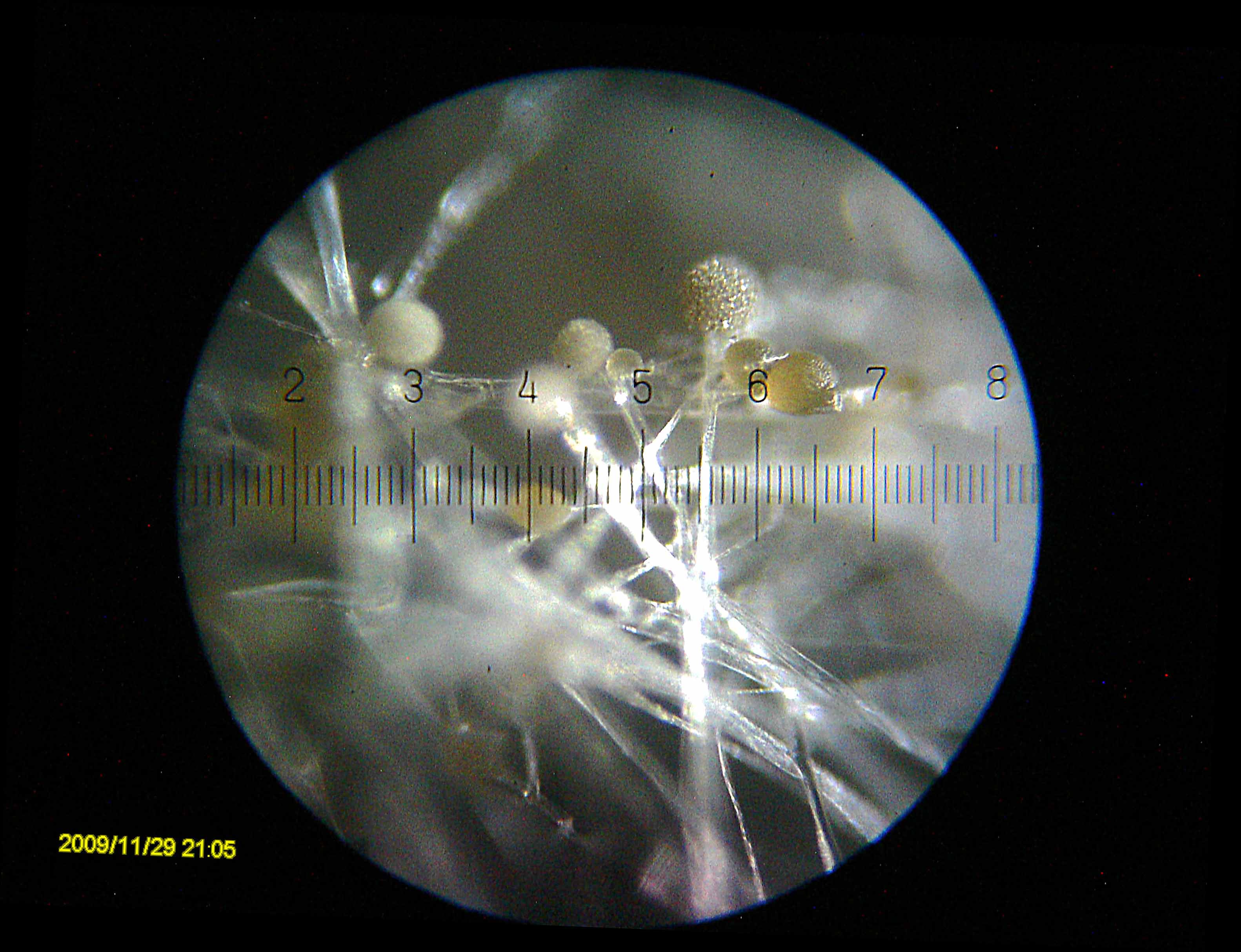A moldy cabin air filter is one of those sneaky problems that can make your car smell weird and even affect your health—without you realizing the source. I’ve been through it myself, and let me tell you, once you’ve smelled that musty air, you’ll never forget it.

Here’s how to tell if your cabin air filter is moldy, what symptoms to look out for, and how to swap it out quickly at home.
What Is a Cabin Air Filter and Why Does It Matter?
The cabin air filter cleans the air that flows into your car’s interior from the outside. It traps dust, pollen, and yes—moisture. Over time, if the filter gets damp (from rain, AC condensation, or humidity), it becomes a breeding ground for mold and bacteria.

Breathing in that air isn’t just gross. It can actually cause respiratory irritation, especially if you already deal with allergies or asthma.
Smells That Mean Something’s Off
Here’s the biggest red flag: a persistent musty or sour smell when you turn on your AC or heat. It often smells like old gym socks or damp towels. That’s not normal, and it doesn’t just mean your vents are dirty. It often points to mold growth in your cabin filter.

I once ignored that smell for two weeks, thinking it was just “old car smell.” Turns out, I was breathing in moldy air the whole time. Don’t wait like I did.
Other Signs of a Moldy Cabin Filter

Besides the smell, watch for these signs:
1. Foggy Windows More Often
A clogged or moldy filter can reduce airflow, making it harder for your defrost system to clear condensation.
2. Allergy Flare-Ups
If you or your passengers are sneezing more in the car, or getting itchy eyes or throats while driving, your cabin filter might be to blame.
3. Weak Airflow from Vents
A moldy filter can also be a clogged filter. If your fan is on full blast but barely any air is coming out, check the filter.
4. Visible Dirt or Moisture
If you pull the filter out and it looks damp, black, or has spots—yep, it’s time to toss it.
How to Check and Replace Your Cabin Air Filter

Most cars make this really easy. You can do it in under 10 minutes with zero tools.
Step 1: Find the Filter
It’s usually behind the glovebox or under the dash on the passenger side. Your owner’s manual will have the exact location.
Step 2: Remove and Inspect
Slide it out and take a look. If it smells funky or looks dark and damp, it’s done. If it’s only dusty, you could blow it off with compressed air as a temporary fix—but I recommend replacing it.
Step 3: Install the New One
Just make sure the airflow arrow matches the direction shown in your owner’s manual. Snap everything back into place, and you’re good.
Pro Tip: I like to replace mine every 12 months, but if you live in a humid or rainy area (or park under trees), you might want to do it every 6 months.
You Might Also Be Interested In:
FAQs

Q: Can a moldy cabin filter make you sick?
Yes. Mold spores can aggravate allergies and respiratory issues, especially in enclosed spaces like your car cabin.
Q: How much does a cabin air filter cost?
Most replacements are $10–$25. It’s a cheap fix with a big impact on air quality.
Q: Can I clean the mold off instead of replacing it?
You could try, but it’s not worth the risk. Mold lives deep in the fibers. Just replace it—it’s safer and way more effective.
If your car’s air smells stale, or you’ve been sneezing behind the wheel, it might be time to check that cabin filter. It’s one of the easiest DIYs you can do, and it makes a huge difference in how fresh and healthy your car feels. Trust me, once you breathe in that crisp clean air again, you’ll wonder why you didn’t do it sooner.
Let’s Talk Cars
Have a question? A suggestion? Just want to say hi?
You’re in the right place.
Use the form below to reach out to the AutoSpecs Daily team. We're happy to hear from readers, car lovers, first-time buyers, and anyone who's got something to share.
What can you contact us about?
- Feedback on one of our articles
- Ideas for new topics you'd like us to cover
- Questions about cars, gear, or general auto advice
- Media, partnership, or brand inquiries
- Anything else that's on your mind
We check every message that comes through and do our best to respond within 2 to 3 business days.
We don’t list an email address here to avoid spam, but the contact form is the best and fastest way to reach us.
Thanks for stopping by. We're glad you're here.

